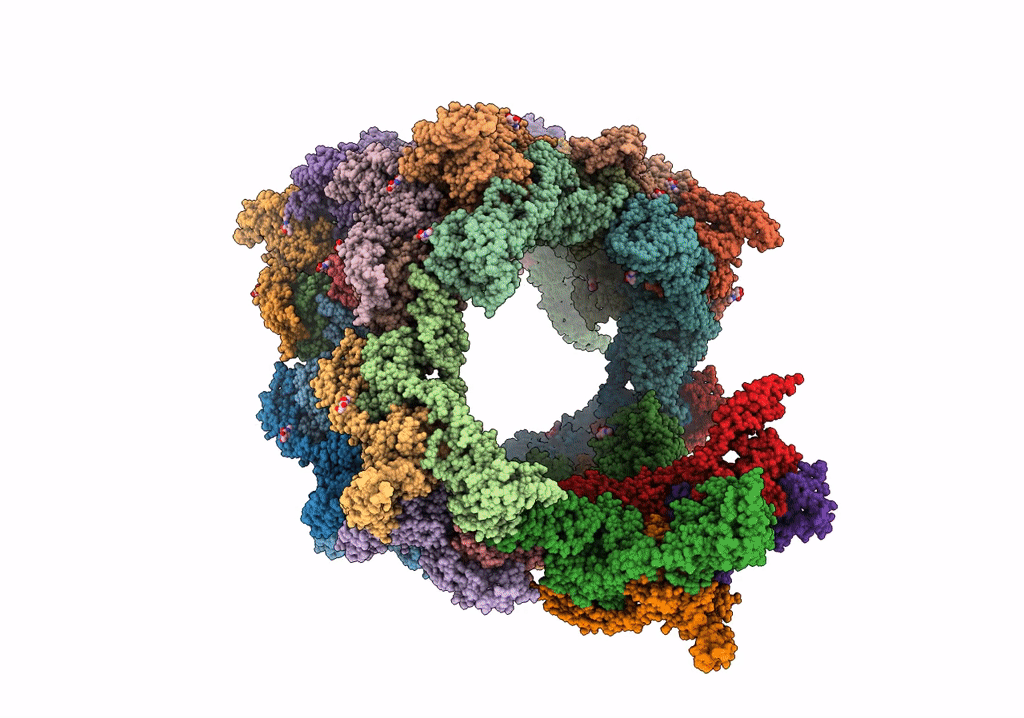
Deposition Date
2022-01-26
Release Date
2022-05-25
Last Version Date
2024-10-30
Entry Detail
PDB ID:
7WQT
Keywords:
Title:
Cryo-EM structure of VWF D'D3 dimer complexed with D1D2 at 4.3 angstron resolution (VWF tube)
Biological Source:
Source Organism:
Homo sapiens (Taxon ID: 9606)
Host Organism:
Method Details:
Experimental Method:
Resolution:
4.30 Å
Aggregation State:
PARTICLE
Reconstruction Method:
SINGLE PARTICLE


